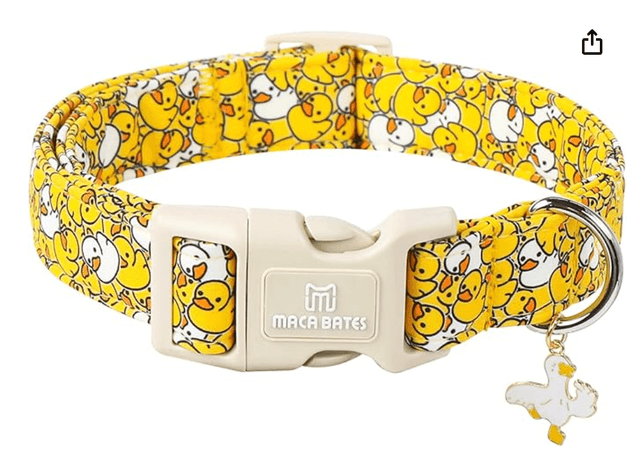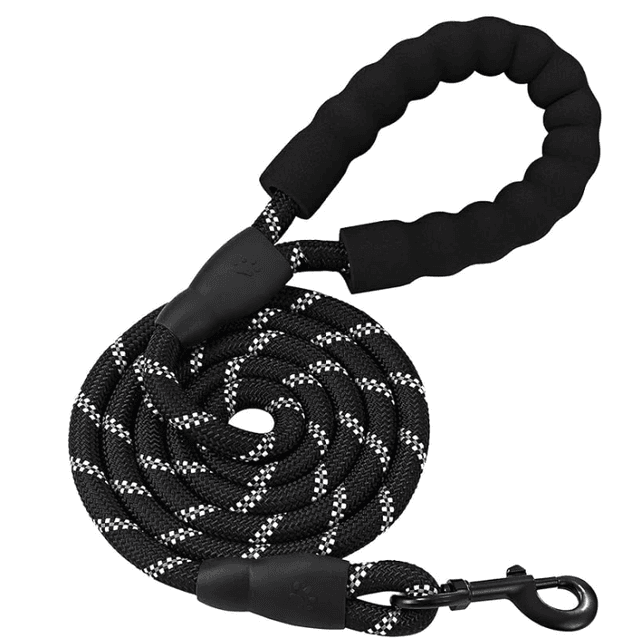Puppy Care Guide
Week 14 – The Socialization Stage

“Every confident step your puppy takes today becomes the foundation of a calm, happy adult dog.”
At this exciting stage, your puppy is nearly done with core vaccinations — meaning it’s time to explore the world safely and confidently. This week focuses on building trust, confidence, and calmness during early walks and social encounters.
🐾 The Socialization Period
Begin with gentle indoor socialization — let your puppy meet family members, hear everyday sounds, and explore safe spaces. Then, gradually move to short outdoor walks or neighborhood strolls. Remember, while you might imagine a movie-like walk in harmony, leash training often takes patience.
Q. My puppy refuses to walk or keeps pulling on the leash. What should I do?
Many puppies struggle with early walks. Some freeze or resist moving, while others pull or chase every leaf and bug in sight. It’s completely normal — walking on a leash is a new skill that takes time to learn.
Your job is to help your puppy view the leash as something comfortable and safe, not restrictive.
💡 Tip: Start Indoors First
- Let your puppy wear their collar or harness indoors to get used to the feel.
- Walk around familiar areas like the living room or hallway.
- Reward calm walking and gentle leash behavior with treats or praise.
- Help them associate the leash with fun, not frustration.
🦮 Collar or Harness — Which is Better?
- Collar: Great for small, calm puppies who already walk well. Ensure you can slip two fingers underneath comfortably.
- Harness: Better for energetic or pulling puppies — it distributes pressure safely across the chest instead of the neck.
Avoid retractable leashes during early training — they reduce communication and make it harder for your puppy to sense your direction and pace.
⚠️ Note
Each puppy learns at their own pace. Never force movement — it can cause fear and resistance. Like teaching a child to ride a bike, gentle encouragement works better than pressure.
Q. How can I train my puppy to walk calmly beside me?
Begin indoors, then transition outside once they feel confident. Keep sessions short — 5–10 minutes a few times daily. Reward your puppy for walking near you and responding to your pace.
- Hold treats or a toy near your leg to guide them.
- Stop walking when they pull or lag behind — resume only when they return beside you.
- Introduce mild distractions gradually — new sounds, people, or light traffic.
- Start in quiet areas before moving to busier ones.
💗 Helpful Reminder
Walking together should feel like teamwork, not control. Speak softly, praise often, and let your puppy learn your rhythm naturally.
🐕 Q. My puppy gets scared of people or noises outside. How do I help them adjust?
This is a natural part of socialization. Between 12–16 weeks, puppies are developing emotional stability — so new sights or sounds can be overwhelming. Take things slow.
Sit calmly with your puppy in a quiet park or near a calm street. Let them watch, sniff, and listen. Praise calm behavior to help them associate the world with safety.
💡 Extra Tip: Build Comfort Gradually
- Observe the world from a distance first.
- Gradually shorten that distance day by day.
- Encourage curiosity, not avoidance.
- Never drag or scold; crouch and call them gently instead.
🌿 Training for Walks
- Start in quiet spaces like your backyard or a calm park corner.
- Let them sniff and explore before structured walking.
- Use a soft tone for direction and praise focus.
- Walk between a wall and yourself to help them feel secure.
- Start with 15 minutes, then extend gradually.
Patience and routine build confidence — consistency is what transforms shy puppies into calm walkers.
🧠 Behavior Insight
Puppies pay attention to whatever captures their focus most strongly. Use your voice and consistent tone to guide them — over time, they’ll learn that your words matter more than distractions.
🐾 Today’s Tip
Every dog learns at their own pace. Instead of frustration, focus on patience and praise. Encouragement builds trust — and a trusting puppy becomes a confident, loving adult.
Curious about which gear suits your pup? Stay tuned for PetGo’s upcoming Training Essentials Guide for collars, harnesses, and more.
PetGo Shop | Training Essentials
Build confidence with the right tools. These handpicked essentials make daily walks safer, training smoother, and your puppy’s adventures even more fun.

Wolfone No Pull Dog Harness
Adjustable, soft-padded vest with a sturdy control handle — ideal for safe, comfortable daily walks.
$18.99
Buy on Amazon
Maca Bates Yellow Duck Collar
Soft, durable, and irresistibly cute — a perfect mix of comfort and style for everyday wear.
$14.98
Buy on Amazon
PETESCORT Heavy Duty Dog Leash
Strong, reflective, and soft-handled for maximum control — ideal for both training and outdoor adventures.
$15.47
Buy on Amazon💬 Final Note
Walking together is more than exercise — it’s communication, trust, and joy shared between you and your dog. Each step teaches understanding and strengthens your bond.
So take a deep breath, bring a few treats, and enjoy the walk — one step at a time. 🌷
Continue with PetGo’s Puppy Care Guide
Training, confidence, and care — PetGo is here to walk with you every step of the way.
© 2025 PetGo. All Rights Reserved
